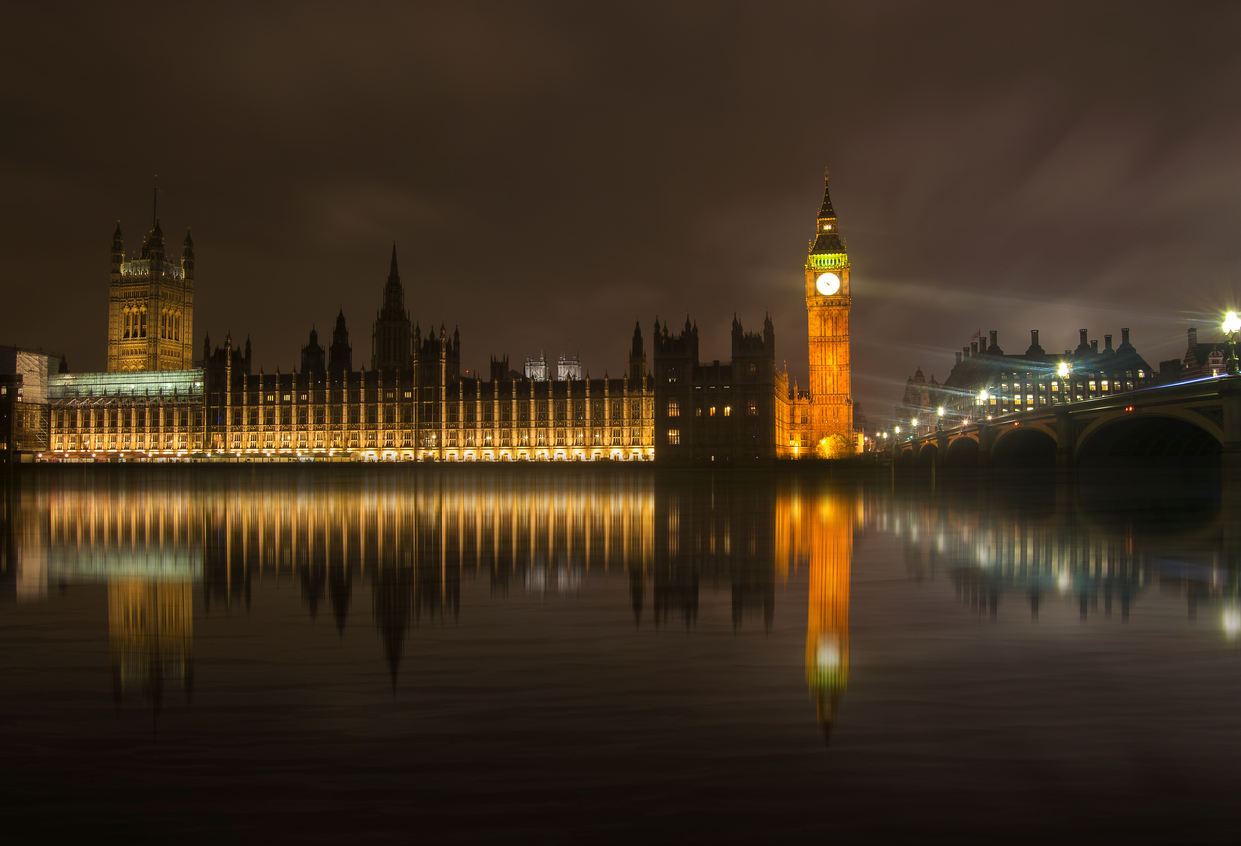Since 2010, more Prime Ministers have resigned following a visit by Sir Graham Brady, chairman of the Conservative 1922 Committee, than have resigned because of the actions of electors. David Cameron is the only one to fall in the latter category, leaving office in 2016 because electors backed ‘leave’ in the referendum on membership of the European Union. Theresa May, Boris Johnson and Liz Truss each stood in Downing Street to announce their departure after Sir Graham had told them that their time was up.
The 1922 Committee is now as much a slayer as it is a maker of Conservative Party leaders, yet despite its significance in British politics, it is a body that is little studied and often misunderstood. So far, only one full-length book about ‘the 1922’ has been published and that was fifty years ago. When it has been mentioned in the media, memoirs and textbooks it has often been to get wrong both the date of its formation and the reason for it coming into being.
It is not unusual to see references to the 1922 Committee as being founded in 1922 and it taking its name and motivation from a meeting of Conservative MPs at the Carlton Club in October 1922, when the MPs defied the party leadership and voted to leave the Lloyd George coalition. Once formed, the Committee was seen as having a role in removing a party leader, with a visit by grandees of the 1922 – ‘the men in grey suits’ – delivering the coup de grâce. These claims have not only been made by commentators, but at times by leading figures of the 1922 Committee. The problem is that none of them is true.
The 1922 Committee was not formed in 1922. Its title derives from the fact that it was created by some MPs first elected in the general election of November 1922. The Conservative Private Members (1922) Committee – which became popularly known as the 1922 Committee – was the idea of the MP for Lowestoft, Gervais Rentoul. He invited other newly-elected Tory MPs to a meeting on 18 April 1923. They elected Rentoul as chairman and met again on 23 April to elect other officers and an executive committee as well as agree the principles of the body.


Its formation was nothing to do with the meeting of Tory MPs at the Carlton Club. It was formed to help new MPs understand the norms and procedures of Westminster. Once elected, MPs were left to their own devices to find their way round and make sense of what was happening. As Rentoul wrote in his autobiography, ‘new M.P.s soon began to realize, as many have done before, the complete insignificance of an inexperienced rank-and-file member lost in the maze of parliamentary procedure’. It was set up to enable the new arrivals understand and take ‘a more active interest and part in Parliamentary life’. Membership was later opened up to all Tory MPs, other than the leader and, when in government, ministers.
Until 1965, Tory leaders came into office through a process of ‘emergence’ and gave up office when they were old, ill or ground down by political pressures. None, though, left office because of a visitation by ‘the men in grey suits’. It was only after the introduction of rules for election – and later removal – by MPs that the 1922 Committee became a major force in determining the fate of party leaders. Indeed, the introduction of rules for election transformed the 1922 Committee.
The 1922 had an uneven history until 1965. It had declined in significance in the 1930s and then become an important body in wartime and since, fulfilling a range of functions, including influencing policy outcomes and ministerial careers. In 1965, rules were introduced for electing the leader, the process policed by the chairman of the 1922. In 1975, the rules were changed to enable MPs to vote a leader out of office. Further changes took place in 1998. These provided that MPs would select two candidates to be placed before party members, with eliminating ballots being held to select the two in the event that there were more than two putting their names forward. The executive of the 1922 determined how many signatures an MP needed to be entered in the ballot.
These rule changes made the 1922 a powerful body in determining who was to lead the Conservative Party and, often therefore, who was to be Prime Minister. The 1998 changes introduced effectively an element of instability. A candidate may come second in the final ballot of MPs with a little over 30 per cent of the votes – as happened with Iain Duncan Smith in 2001 and Liz Truss in 2022 – and yet be elected as leader by the party membership. A leader may thus enter office without the full backing of the party’s MPs. Under the 1998 rules, those MPs can vote out the leader in a vote of no confidence, a vote triggered if 15 per cent of MPs write to the chairman of the 1922 Committee requesting a ballot. As a result, uneasy lies the head that carries the Tory crown. These changes are also the reason Sir Graham Brady became such a prominent public figure in 2022, regularly being asked by journalists the one question he was never going to answer: ‘How many letters have you received Sir Graham?’
In April of this year, the 1922 Committee reached its centenary. It has come a long way since a few new, somewhat bewildered MPs gathered and formed a self-help group. It has become a major political body, but one that remains little understood.
Lord Norton’s centenary history of the 1922 Committee – The 1922 Committee: Power Behind the Scenes – will be published by Manchester University Press in October.












